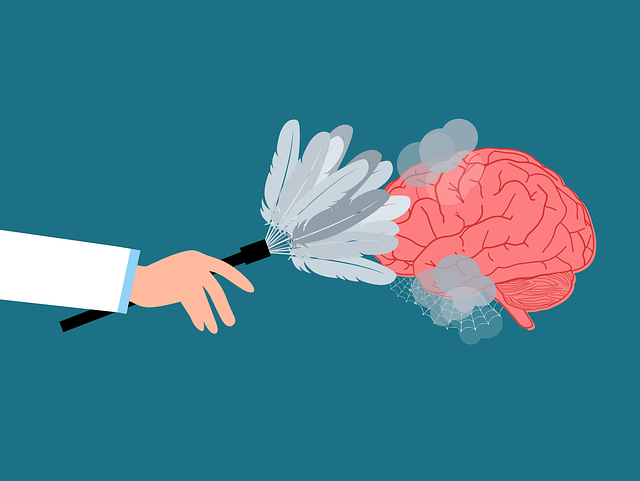Longmont Phobias Therapy emphasizes risk management in mental health practice through proactive measures like conflict resolution, stress workshops, and stigma reduction. Therapists create safe spaces by identifying unaddressed traumas, severe phobias, and underlying conditions during assessment. Comprehensive strategies include open communication, crisis guidelines, regular check-ins, evidence-based coping mechanisms, and staying updated with policy analyses. These initiatives enhance practitioner and client well-being, fostering a resilient therapeutic ecosystem where clients feel secure to confront challenges openly.
“In the dynamic field of mental health care, effective risk management is paramount to ensuring client safety. This comprehensive guide explores crucial aspects of risk management planning tailored for mental health professionals in Longmont. From understanding the unique risks inherent in therapy sessions to implementing robust strategies for mitigation, we delve into best practices that foster secure environments. By identifying potential hazards—including specific concerns like phobias—and adopting proven mitigation tactics, therapists can enhance client outcomes and maintain ethical standards.”
- Understanding Risk Management in Mental Health Practice
- Identifying Potential Risks and Hazards in Therapy Sessions
- Strategies for Effective Risk Mitigation and Client Safety
Understanding Risk Management in Mental Health Practice

Risk management is an integral aspect of mental health practice, designed to identify, assess, and mitigate potential hazards that could impact both clients and professionals. For mental health practitioners in Longmont Phobias Therapy, understanding risk management involves recognizing a wide range of risks, from clinical errors to interpersonal conflicts, and developing strategies to address them proactively. This proactive approach ensures that therapists create a safe and supportive environment for their clients, fostering effective therapy outcomes.
Effective risk management involves not only identifying potential threats but also implementing conflict resolution techniques, stress management workshops within the organization, and mental illness stigma reduction efforts. By integrating these initiatives, mental health professionals can enhance their capacity to handle crises, resolve conflicts, and promote a culture where clients feel understood and supported. This comprehensive approach ultimately contributes to the overall well-being of both practitioners and their clientele.
Identifying Potential Risks and Hazards in Therapy Sessions

In the therapeutic setting, mental health professionals must remain vigilant in identifying potential risks and hazards that could impact both their well-being and that of their clients. This involves recognizing a wide range of factors unique to each individual’s experience, including unaddressed traumas, severe phobias managed through Longmont Phobias Therapy, and underlying mental health conditions. A thorough assessment of these elements is crucial in designing effective treatment plans and ensuring safe therapy sessions.
Professionals should also be attuned to the broader environment, considering factors like workplace culture, peer support systems, and even societal influences that might contribute to stress or burnout. Implementing strategies for hazard mitigation, such as structured Mental Health Education Programs Design, can foster a more resilient and supportive therapeutic ecosystem. Additionally, Mental Illness Stigma Reduction Efforts play a vital role in creating an inclusive environment where clients feel safe to explore their challenges openly.
Strategies for Effective Risk Mitigation and Client Safety

Effective risk management planning for mental health professionals involves a multi-faceted approach to ensure client safety. One key strategy is fostering open and honest communication with clients, implementing clear guidelines for managing crises and establishing safe spaces within the therapeutic relationship. This includes regular check-ins, active listening, and teaching clients practical coping mechanisms, especially those tailored for addressing specific phobias in Longmont Phobias Therapy settings.
Additionally, mental health professionals should stay updated on relevant Mental Health Policy Analysis and Advocacy, ensuring adherence to best practices and legal standards. Encouraging clients to develop inner strength through evidence-based techniques, such as cognitive behavioral therapy, mindfulness exercises, and resilience building, can also mitigate risks and empower individuals to manage their mental health proactively.
Mental health professionals play a vital role in guiding individuals towards recovery, but they must also navigate potential risks within their practice. By understanding risk management principles, identifying specific hazards like those associated with Longmont phobias therapy, and implementing effective mitigation strategies, therapists can ensure client safety and foster a secure therapeutic environment. This proactive approach is essential to maintaining ethical standards and delivering high-quality care in the mental health field.














